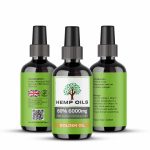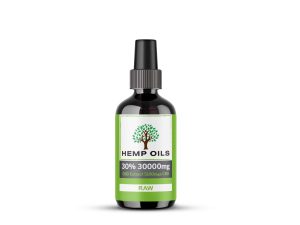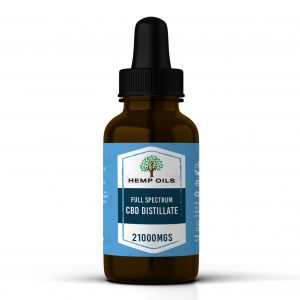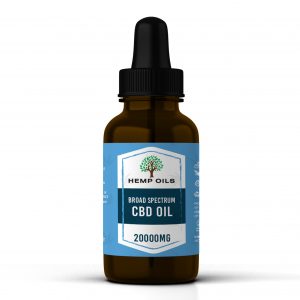CBD isolate is a pure form of cannabidiol that is extracted from the cannabis plant. It is free from any other compounds found in the plant, such as THC, making it a popular choice for those seeking the benefits of CBD without any psychoactive effects. While CBD isolate can be purchased commercially, many people are interested in making their own at home. In this article, we will explore what CBD isolate is, the process of making it, and provide a step-by-step guide for DIY production.
What is CBD Isolate?
CBD isolate is a crystalline solid or powder that contains 99% pure CBD. It is produced by isolating and extracting CBD from the cannabis plant, then refining it to remove all other compounds, such as terpenes, cannabinoids, and flavonoids. This results in a product that is completely devoid of THC, making it ideal for individuals who want to experience the potential therapeutic benefits of CBD without any risk of intoxication.
The Process of Making CBD Isolate
The process of making CBD isolate involves several steps, starting with the extraction of CBD from the cannabis plant. The most common method of extraction is using a solvent, such as ethanol or CO2, to separate the CBD from the plant material. This crude CBD oil is then further purified through a process called winterization, which involves cooling the oil and removing any impurities. The final step is a process called chromatography, where the remaining compounds are separated and removed, leaving behind pure CBD isolate.
Step-by-Step Guide to Making CBD Isolate at Home
-
Choose a high-quality hemp strain: Start by selecting a hemp strain that is high in CBD and low in THC. This will ensure that your final product is CBD-dominant and compliant with legal regulations.
-
Extraction: Use a solvent, such as ethanol or CO2, to extract CBD from the plant material. This can be done using a simple extraction setup or a more advanced closed-loop system.
-
Winterization: Once you have obtained crude CBD oil, it needs to be winterized to remove impurities. To do this, mix the oil with ethanol and place it in a freezer for a few hours. The mixture will separate, allowing you to filter out any waxes, fats, or lipids.
-
Decarboxylation: After winterization, decarboxylate the CBD oil by heating it at a specific temperature for a specific duration. This process activates the CBD and enhances its potency.
-
Chromatography: The final step is to use chromatography to separate CBD from other compounds. This can be a complex process that requires specialized equipment. Consider seeking guidance from a professional or using a DIY chromatography kit.
-
Drying and storage: Once you have obtained pure CBD isolate, allow it to dry completely before storing it in an airtight container. Keep it in a cool, dark place away from direct sunlight to maintain its potency.
Tips and Precautions for DIY CBD Isolate Production
-
Safety precautions: When working with solvents, ensure proper ventilation and wear protective clothing, such as gloves and goggles, to avoid any potential hazards.
-
Quality control: Test your final product using third-party lab testing to ensure its purity and potency. This will help you determine the effectiveness and safety of your DIY CBD isolate.
-
Equipment and expertise: DIY CBD isolate production requires specific equipment and knowledge. If you are a beginner, it’s advisable to consult professionals or consider purchasing CBD isolate from reputable sources.
-
Legal considerations: Before embarking on DIY CBD isolate production, familiarize yourself with the legal regulations in your country or state. Ensure that your final product complies with these regulations to avoid any legal complications.
-
Practice patience: The process of making CBD isolate can be time-consuming and precise. Be patient and follow the steps carefully to achieve the best results.
CBD isolate production at home can be a rewarding and cost-effective way to obtain pure CBD. However, it requires careful attention to detail, proper equipment, and an understanding of the process. If you decide to make your own CBD isolate, follow this guide diligently and prioritize safety. Alternatively, you can always opt for commercially available CBD isolate, ensuring you choose a reputable brand that provides third-party lab testing for quality assurance.




